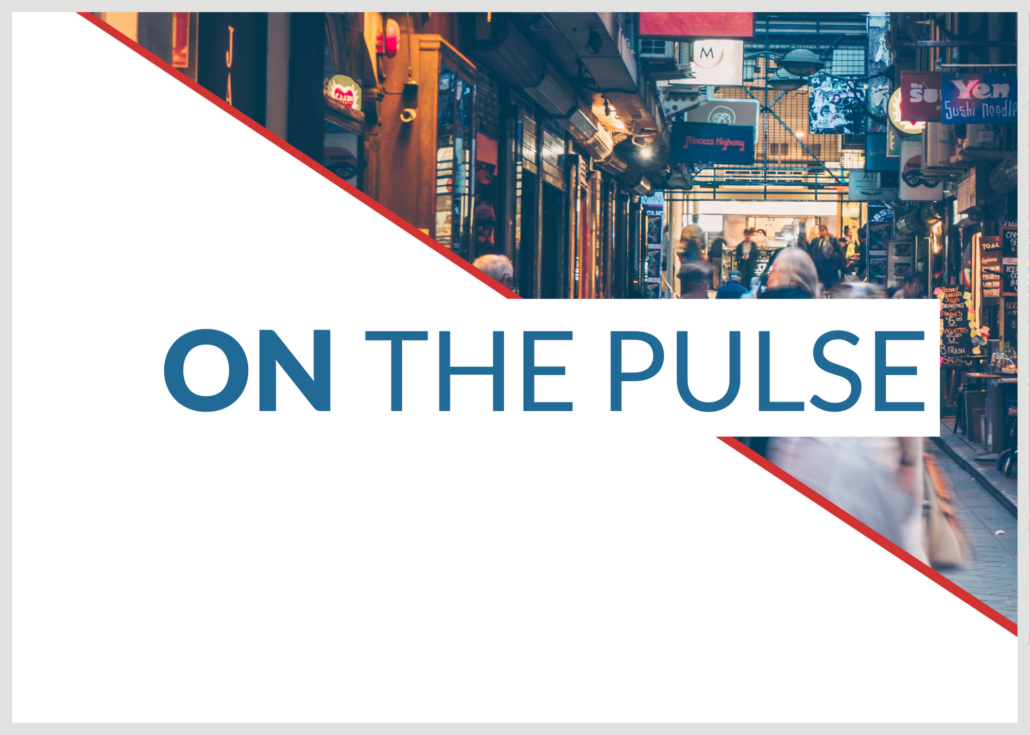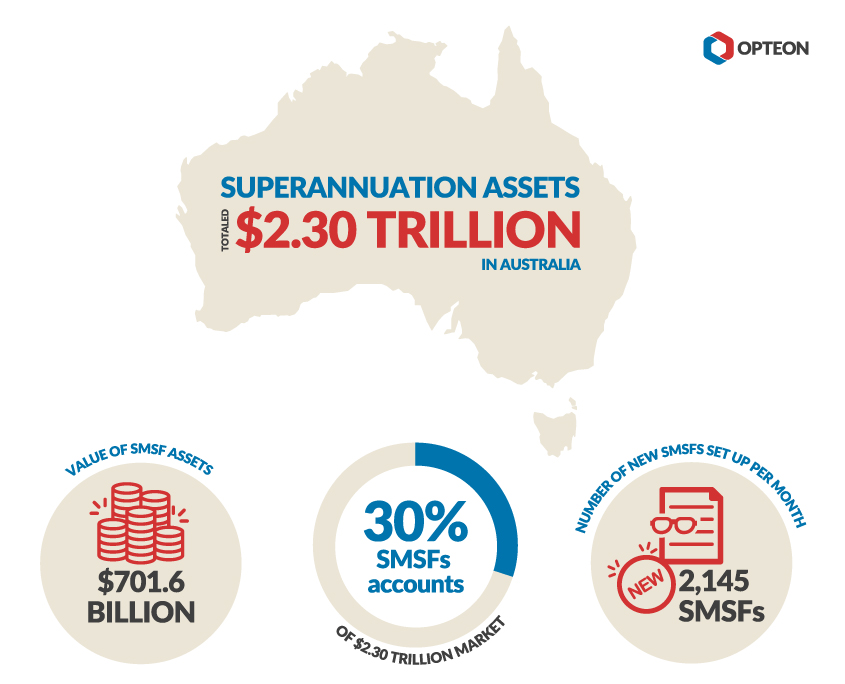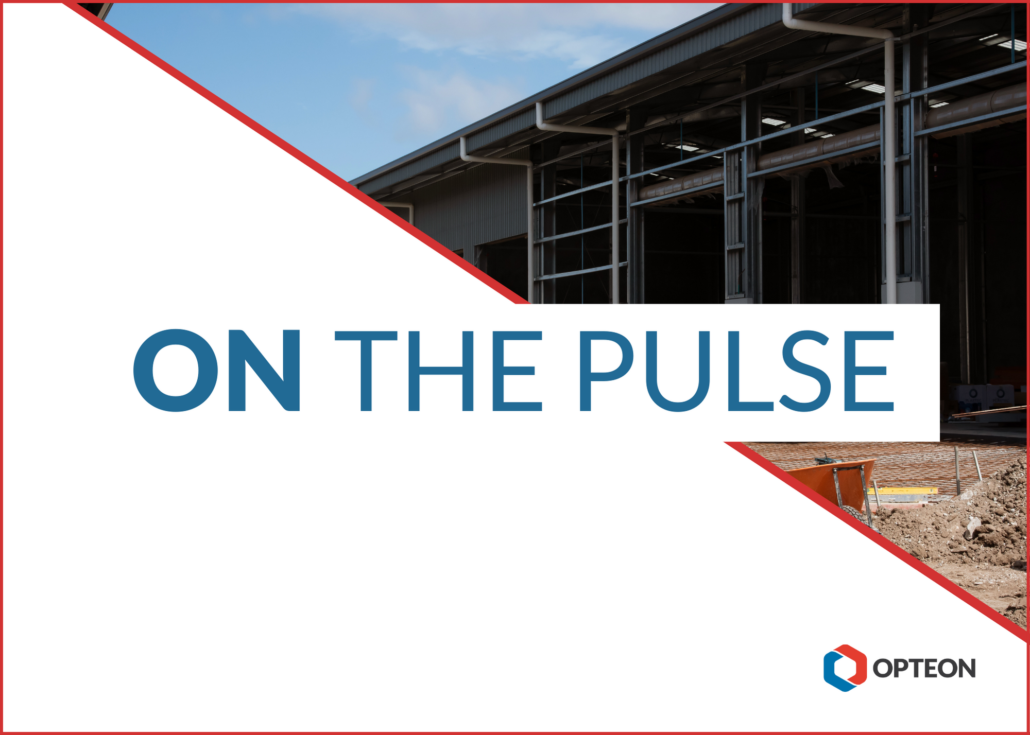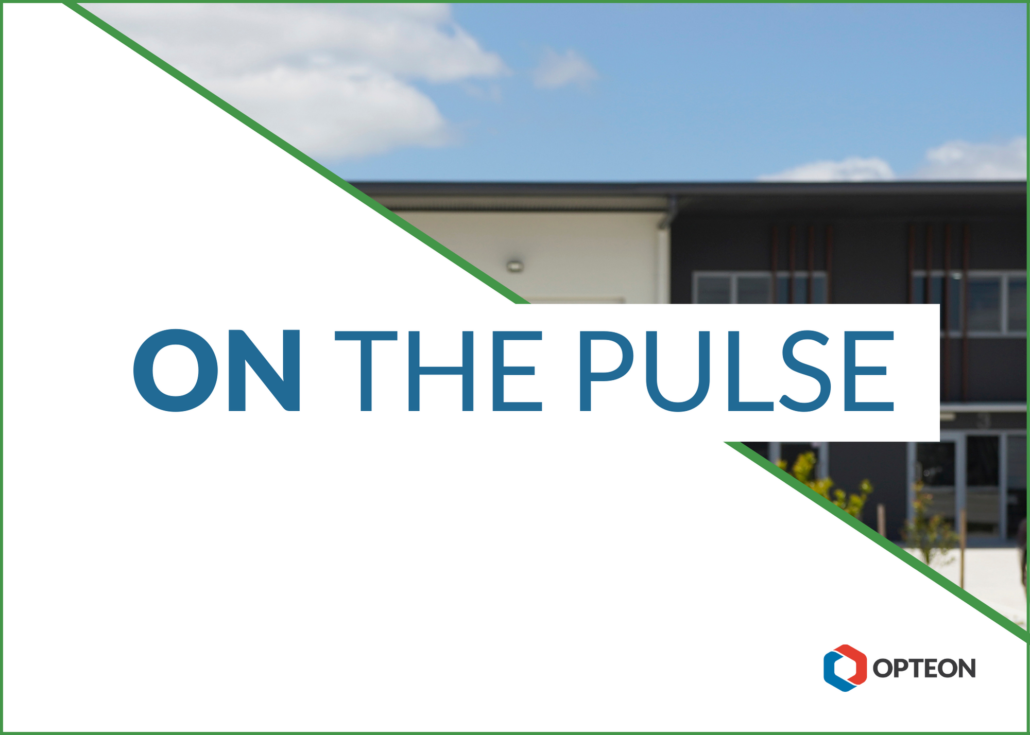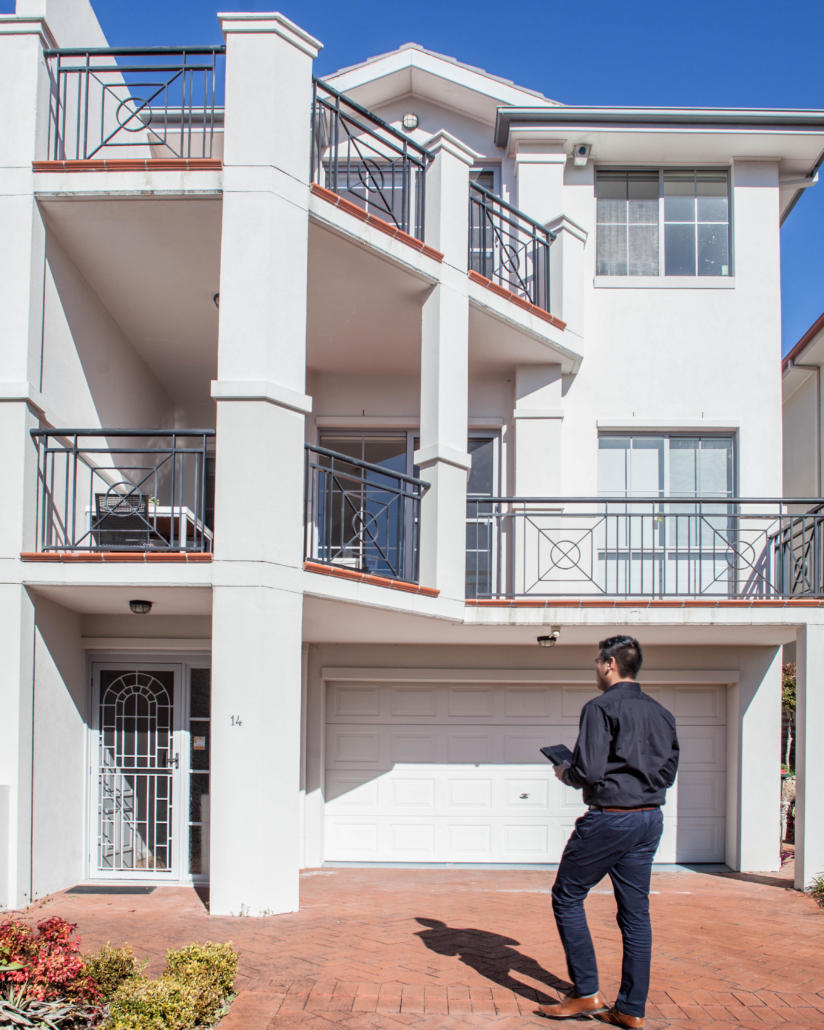Demand for sub-$10m social infrastructure assets continues to rise
Newsletter

Author: Doug Shorten, Head of Department – Social Infustracture
Australians rely on the country’s social infrastructure to underpin social wellbeing and broader economic development. A 2019 Commonwealth Government audit of Australian infrastructure[1] showed the sector contributed 12.5% of Australia’s GDP and employed just over three million people.
Our Social Infrastructure team has witnessed rising demand for this sector in the sub-$10 million category over the past few years, including medical and speciality disability accommodation (SDA) assets.
The main drivers of value
There are common drivers of value for both medical and SDA assets. These include traditional aspects, such as underlying land value, tenant covenant, WALE, quality of improvements, location and catchment/competition.
Other drivers of value specific to SDA accommodation are participant occupancy, quality of the SDA provider, level of care provided, level of supply within any given catchment and proximity to transport and other nearby infrastructure and facilities.
The growth story so far
Medical assets
Medical assets have generally enjoyed significant yield compression in the last decade following wider acceptance from market participants with the sector now perceived as a defensive asset class. Good stock has traditionally been tightly held, which has contributed to 4-6% yield performance in recent time.
There are several factors fuelling the demand for medical services, which include medical centres, private hospitals, GP clinics, dental clinics and allied health provider premises (e.g. chiropractors, audiologists, dieticians, osteopaths, physiotherapists and occupational therapists etc). Chief among these driving factors are Australia’s growing and ageing population, longer life expectancy, a significant increase in preventive care and a general increasing trend of chronic disease. In fact, in 2020-21, the Australian Bureau of Statistics found 78.6% of Australians had at least one long-term health condition and nearly half had at least one chronic condition (11.6 million people)[2]. The Commonwealth Government is also significantly committed to the sector, as evidenced by various increasing funding streams, such as Medicare, Hospital Funding, Pharmaceutical Benefits Scheme (PBS), NDIS and aged care.
According to the Commonwealth Government[3], there was an estimated 4.2 million older Australians (aged 65 and over) at 30 June 2020, with older people comprising 16% of the total Australian population. By 2066, the Commonwealth Government projects that older people in Australia will make up between 21% and 23% of the total population.
Australia’s population is also continuing to grow, which is likely to result in further demand for medical services. The Australian Institute for Health and Welfare reports[4] Australia’s population was 25,766,605 people at 31 December 2021, with annual growth was 128,000 people (0.5%).
Demand for medical services is predominately non-discretionary by nature, so the wider medical asset class is generally less exposed to market volatility than assets in other sectors, such as office and retail, in the current market.
During the pandemic, investors saw medical assets performing strongly due to their defensive asset characteristics. This stability has given them confidence in the sector and contributed to ongoing demand.
Historically, medical assets have been characterised by longer lease terms and therefore WALE, whilst also having minimal incentives associated with lease transactions. For example, commercial office premises can experience incentives of up to 50%, whereas medical assets are generally in the range of 5%-15%.

SDA assets
The National Insurance Disability Scheme (NDIS) describes specialist disability accommodation (SDA) as “a range of housing designed for people with extreme functional impairment or very high support needs. SDA dwellings have accessible features to help residents live more independently and allow other supports to be delivered better or more safely.”[5]
The big attraction of SDA assets is the potential for high returns with yields well in excess of 8% widely advertised. The assets are generally operated on behalf of the owner by an SDA provider who secures participants for the accommodation and charges a management fee. The level of return will be determined by the specific needs of the individual participants who occupy the accommodation, whom will each have varying funding levels under the NDIS. Leases to SDA providers are also becoming more common providing an increased level of income security to the owner, albeit generally at a lower return.
According to the most recent NDIS Specialist Disability Accommodation (SDA) Quarterly Report[6], Q2 2022-23 saw similar rates of participation to last quarter, with a slight increase in rate of participation in the scheme (between 0.1 and 0.2%) in each age range. At 30 June 2022, there were 7,086 SDA dwellings, which was up by 862 dwellings (14%) year on year. The biggest relative increases were seen in Queensland (8%) and the ACT (6%). The report anticipates that “there are likely to be further increases in enrolled stock over future quarters as the Western Australian Government enrols their SDA with the NDIS, in addition to new dwellings supplied by the market.” The report also showed a 6.6% rise in participants with SDA needs from Q3.
With ongoing government funding and demand for services continuing to rise, SDA assets are attracting a wide range of investors. SDAs located in establishing land estates are particularly popular for ‘mum and dad’ investors due to their affordability (low land input cost) and the high occupancy and returns they currently attract, compared to general residential assets.

What’s next for these asset classes?
Medical assets
We expect medical assets in the sub-$10 million category will continue to perform well. Demographic projections show demand is not likely to abate any time soon.
Throughout 2022, based on sales, we observed a noticeable degree of yield compression. However, the recent cash rate increases are likely to result in some degree of yield expansion as medical assets won’t be immune to the rise in capital funding costs.
We also anticipate the shift towards medical precincts will be an ongoing trend where synergistic benefits of co-locating can be achieved. This is likely to see assets in these locations remain highly attractive to investors.
SDA assets
With rising demand for SDA and ongoing NDIS funding, the SDA asset class is likely to see significant growth in the short to medium-term.
However, as these assets are exposed to political shifts due to the federally funded nature of NDIS, they are not without risk. There is also a wider supply of SDAs coming into the market. According to the NDIS report there were 7,451 enrolled SDA dwellings by 31 Dec 2022, up by 24% annually over the last three years. The largest increase in the number of dwellings over the last three years was seen in the High Physical Support category (566 new dwellings) and the Robust design category (146 dwellings). While there is current demand, there is a risk of a future imbalance between supply and demand, with reported delays in NDIS funding approvals for participants and investors should be aware of the level of supply in specific catchments.
Alternative use for these properties is for general residential purposes, but in a softer market they may be viewed as second tier assets or require capital investment to reposition the asset in order to attract standard residential purchasers.
There’s no doubt there’s a strong future for SDA assets being underpinned by the Commonwealth Government’s commitment to the sector. However, as this is a relatively immature asset class that remains vulnerable to a wide range of risks and whilst they can provide significant financial returns, it’s too early to predict its long-term performance and a two-tier market with a strong delineation between prime and secondary SDA assets is a likely outcome.
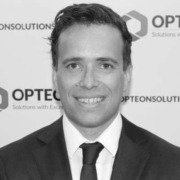
Doug Shorten | AAPI CPV
Head of Department – Social Infrastructure
+61 418 991 077
